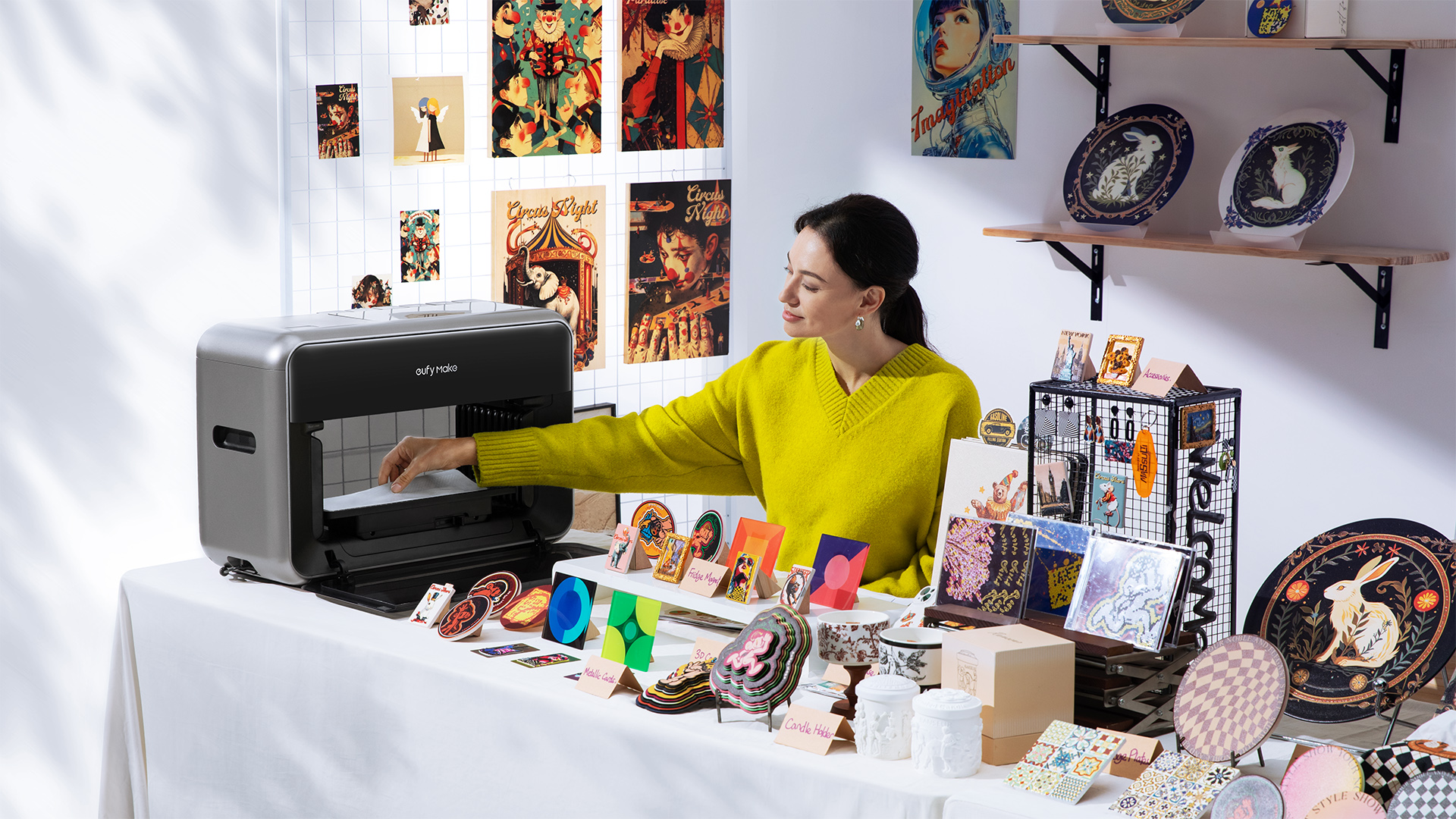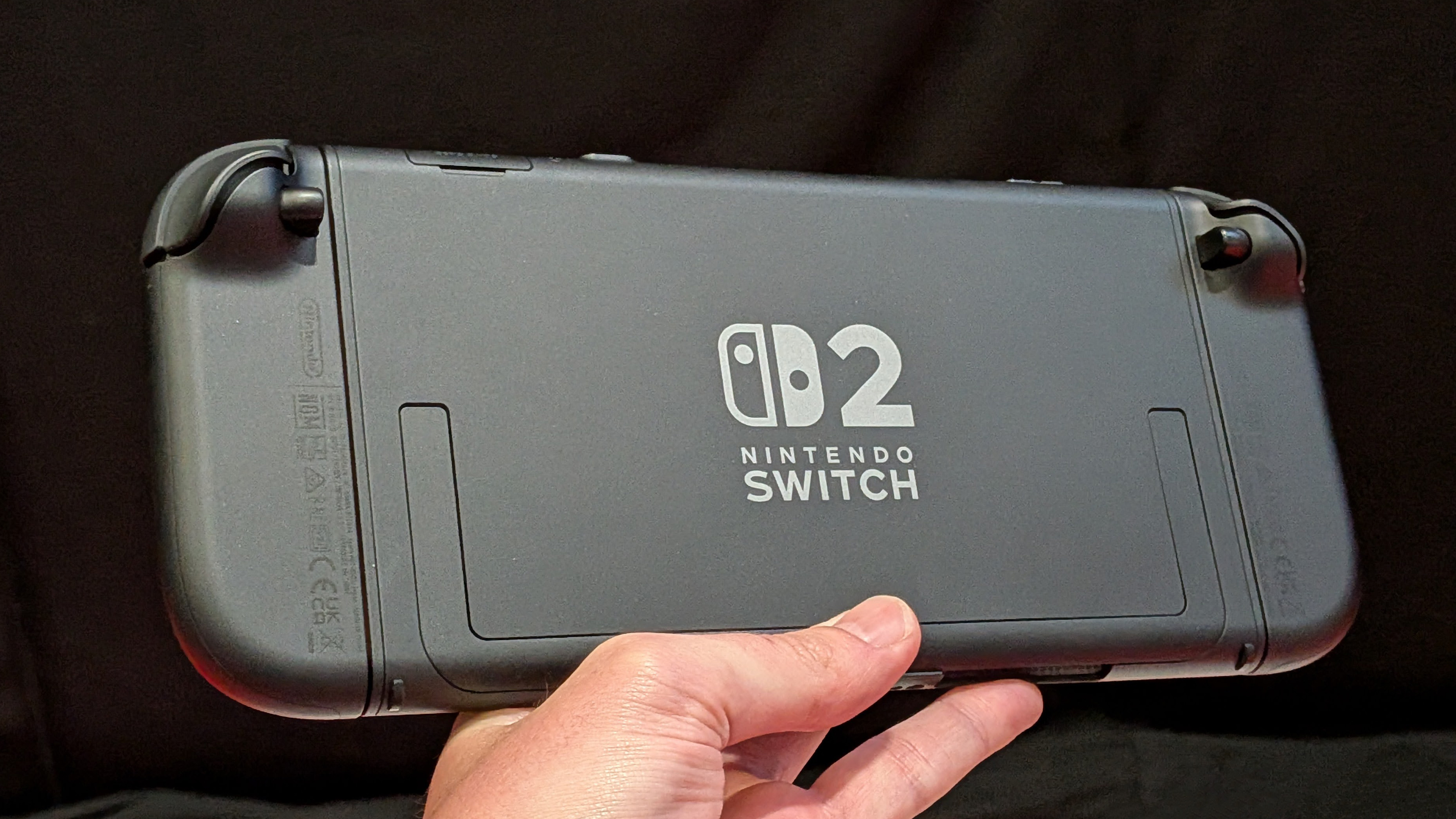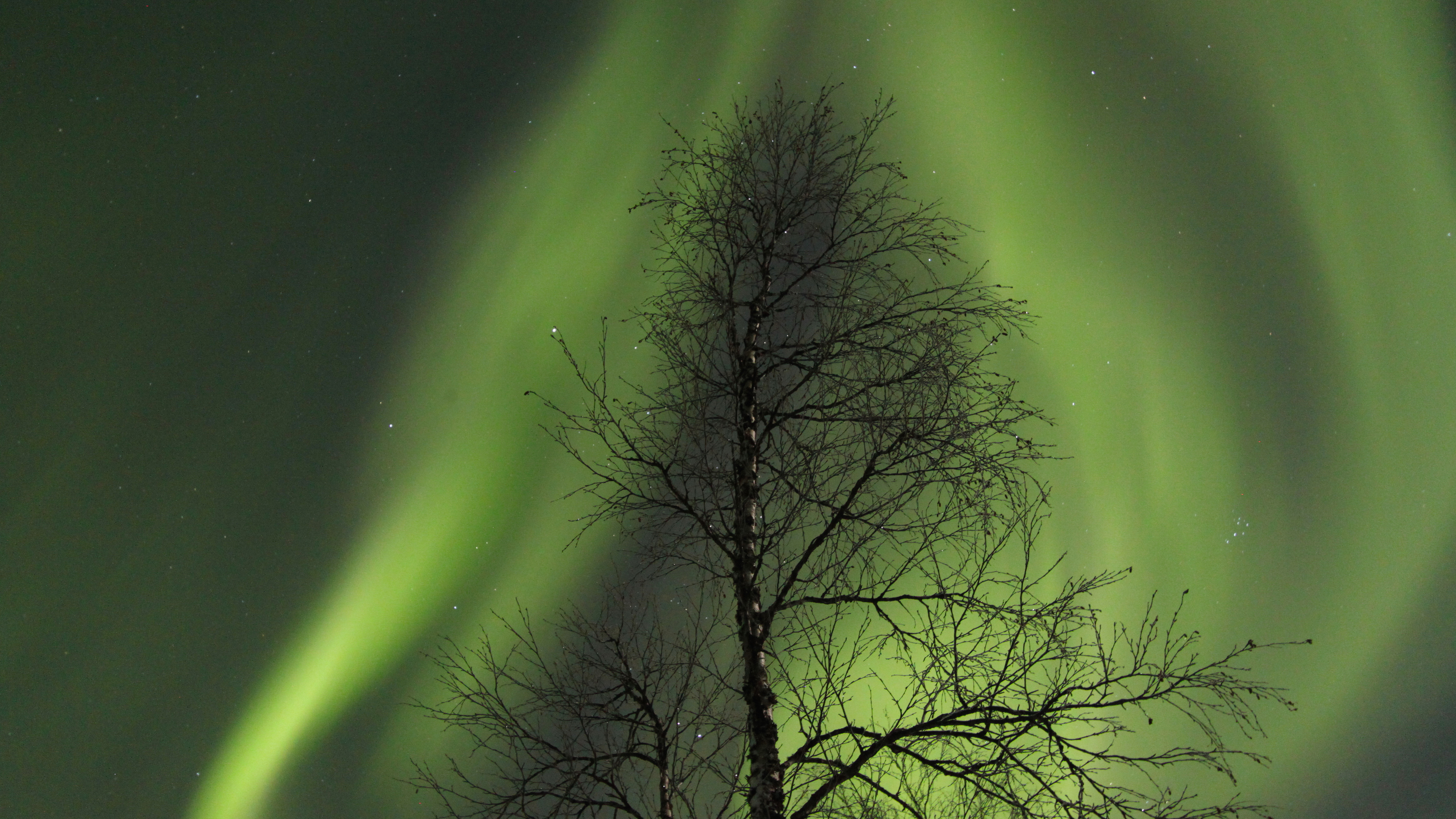

Have you ever seen the Northern Lights? From green arcs and bands to vast green drapes and pulsing coronas above your head, they're an exquisite sight. Also called the Aurora Borealis, they're happening right now around the North Pole, but to see them you have to get yourself to the auroral zone.
That's anywhere within the latitudes of 64º and 70º North, a band of the planet that covers northern Russia, northern Scandinavia – including Iceland, Norway, Sweden, and Finland – as well as Alaska and Northern Canada.
- T3's ultimate guide to travel: advice to help you travel like a pro
- 10 best suitcases 2018
- 10 best travel bags 2018
The key time to visit is between September and March when the nights are long and dark (be careful to avoid the week before the full moon, and for three days after), but don't expect to see Northern Lights displays every night. Clouds are common at these latitudes, so visit for as long as you can – a week should be enough to get at least one night of clear skies – and arm yourself with the information and equipment you need to successfully seek them out.
From the best local apps to the cameras and equipment you can capture the Northern Lights with, we’ve got everything you need for a successful hunt of one of nature's greatest events.
Best Websites for forecasting the Northern Lights
Whether or not you will see the Northern Lights from where you are will depend on geomagnetic activity at that time. This is usually expressed in terms of the KP-index, a scale of geomagnetic activity. Although there are other factors at play, you're looking for KP-3 or higher (if it gets to KP-5, get outside NOW!).
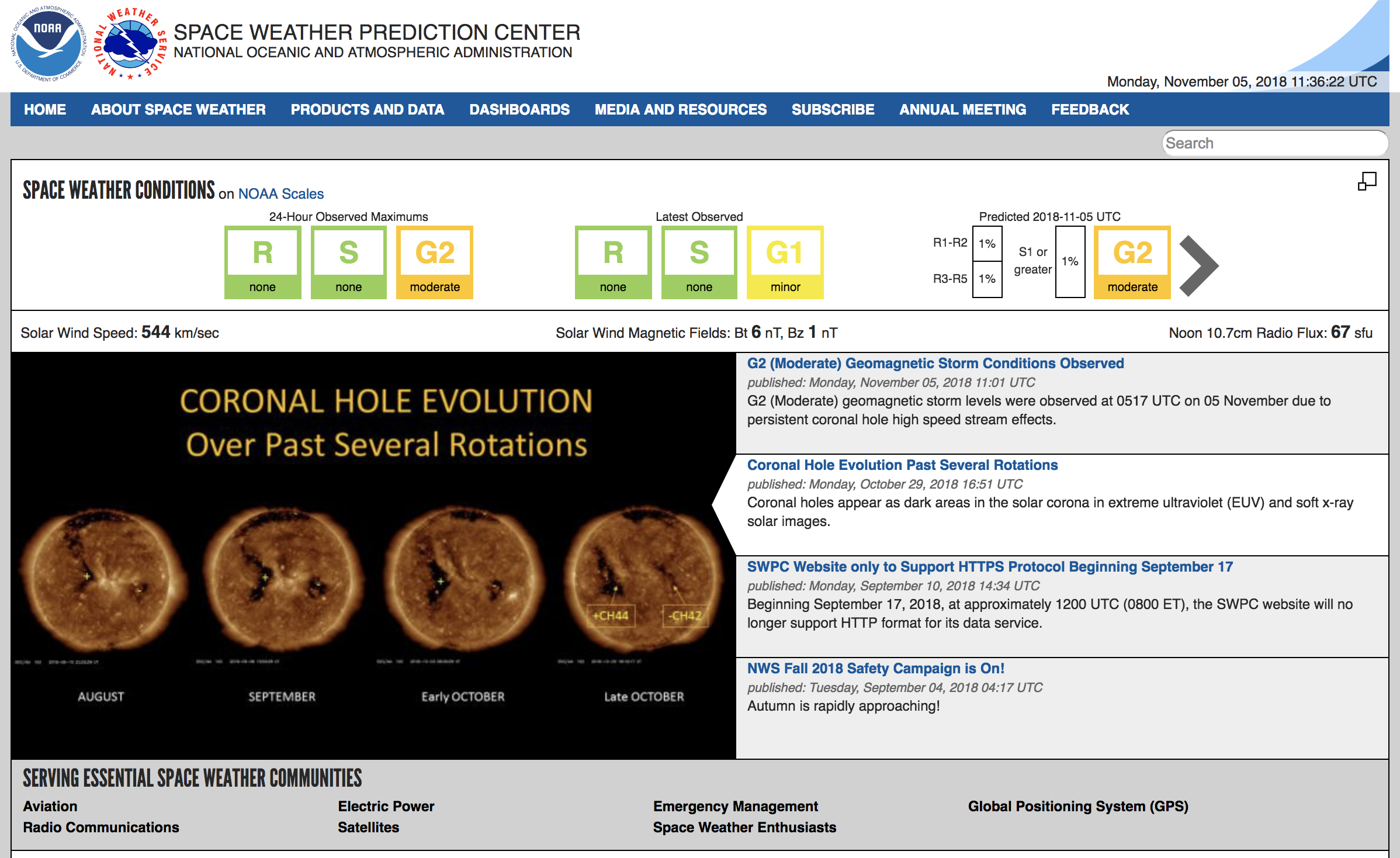
Space Weather Prediction Center
You cannot control the Northern Lights. Nor can you ever guarantee to see them even if you stay in the Arctic Circle for weeks on end. However, the chances of seeing them are pretty high during winter.
But who wants to stand outside of the hotel in freezing conditions waiting for them to appear? Instead, stay in the hotel bar and check the website of the Space Weather Prediction Center. It contains a lot of detailed information about what's happening now in the skies above you, but also about what could happen later.
Sign up to the T3 newsletter for smarter living straight to your inbox
Get all the latest news, reviews, deals and buying guides on gorgeous tech, home and active products from the T3 experts
The key chart is that of the auroral oval, which gives you the probability of visible aurora where you are. The graph showing the KP index is also helpful.
Other options
Alternatives to the Space Weather Prediction Center include the Space Weather Live OVATION Auroral Forecast and Space Weather Live. However, just as important as finding clear skies. A really useful website for looking at cloud cover is YR from the Norwegian Meteorological Institute, and if you're in Iceland, the local Vedur Aurora Forecast.
Best Cameras for taking pictures of the Northern Lights
Put your smartphone away, if it's even still working in the freezing temperatures of the Arctic Circle. Instead, you need a mirrorless camera or DSLR with as big a sensor as you can, and a wide-angle lens.
The settings are relatively easy. With that lens fixed to infinity focus and has wider apertures possible (such as f2.8), dial-in ISO 800 or ISO 1600, and set an exposure time of between 10-20 seconds, depending on how bright the display is. Shoot in Raw (not jpeg) and you'll be able to use Photoshop to tease-out even a faint display. Make sure you get away from streetlights.
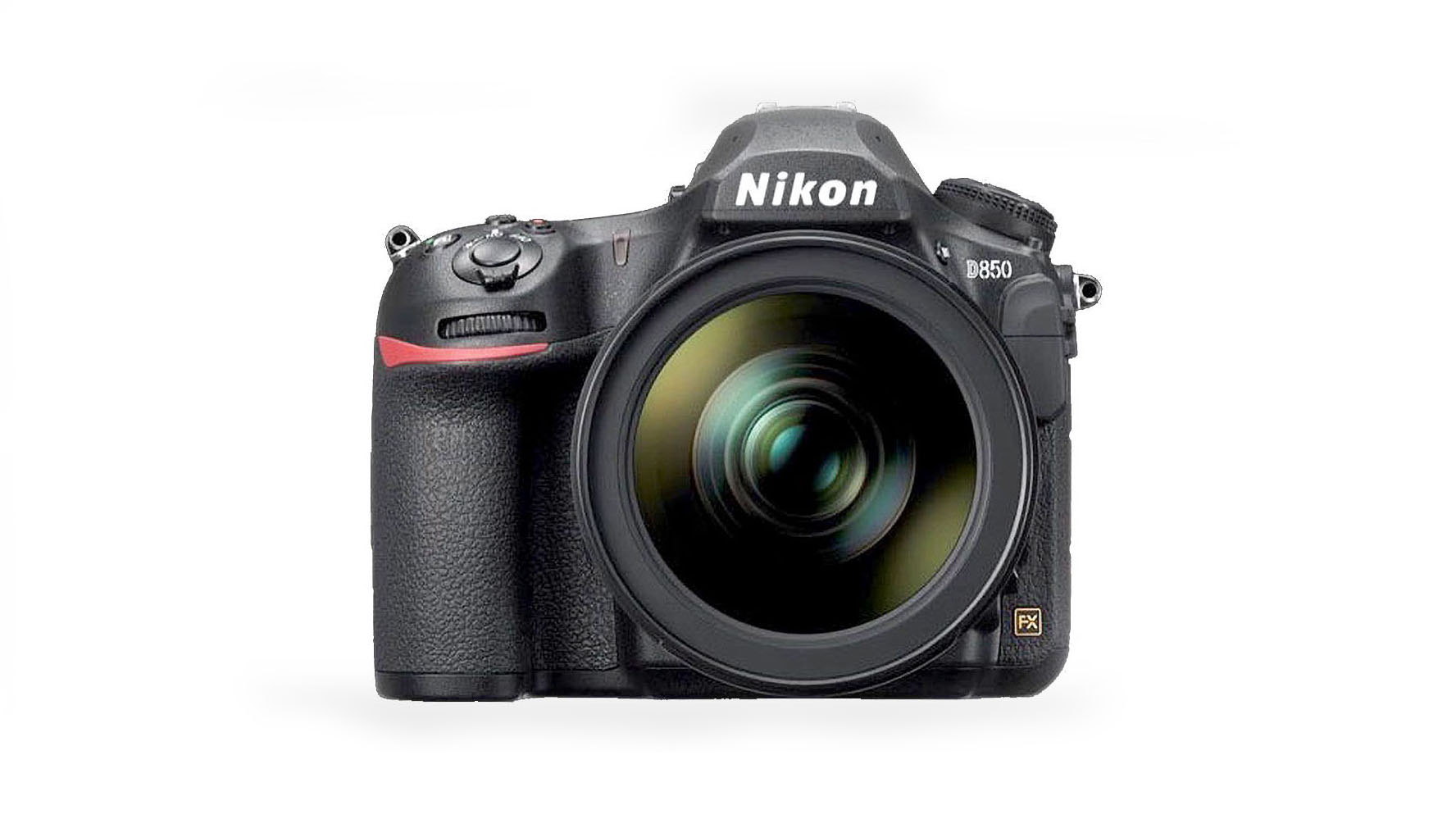
Nikon D850
Specifications
Reasons to buy
Reasons to avoid
An advanced all-rounder, the D850 is the perfect step-up from an entry-level DSLR, and will capture the Northern Lights more cleanly. Aimed at professionals and advanced enthusiasts, it's got an incredibly high 45.4-megapixel full-frame sensor, an optional battery grip, a high magnification viewfinder, 4K video and – importantly for Northern Lights photography – a tilting touch-sensitive screen. That makes it much easier to frame a shot even if you have a small-ish tripod.
Other options
Although we've chosen Nikon's latest full-frame DSLR, any camera with a full frame sensor will produce the cleanest, sharpest images at night. You could just as easily go for the D850's main rival, the Canon 6D Mk II (Canon's least expensive full-frame camera) or Canon 7D Mark II.
Or a mirrorless camera such as the Sony A7R III or – if you've got cash to burn – the flagship Sony A9.
However, DSLR cameras still win-put because of their longer battery life and their superior, outdoorsy design that copes better with the cold. You could also opt for a crop-sensor APS-C camera, which are cheaper and will give you almost the same image quality. Candidates include the Canon EOS 800D and the Nikon D5600.
Best Camera Lenses for taking pictures of the Northern Lights
Since the Northern Lights occur all across the sky above snowy landscapes, you want to capture as much of the view as possible. So choose a wide-angle lens. You can go for whatever lens is offered by your brand of camera, or you can go for a (usually cheaper) third-party lens. However, make sure you get a 'Canon fit' or 'Nikon fit', or whatever applies to your brand of camera.
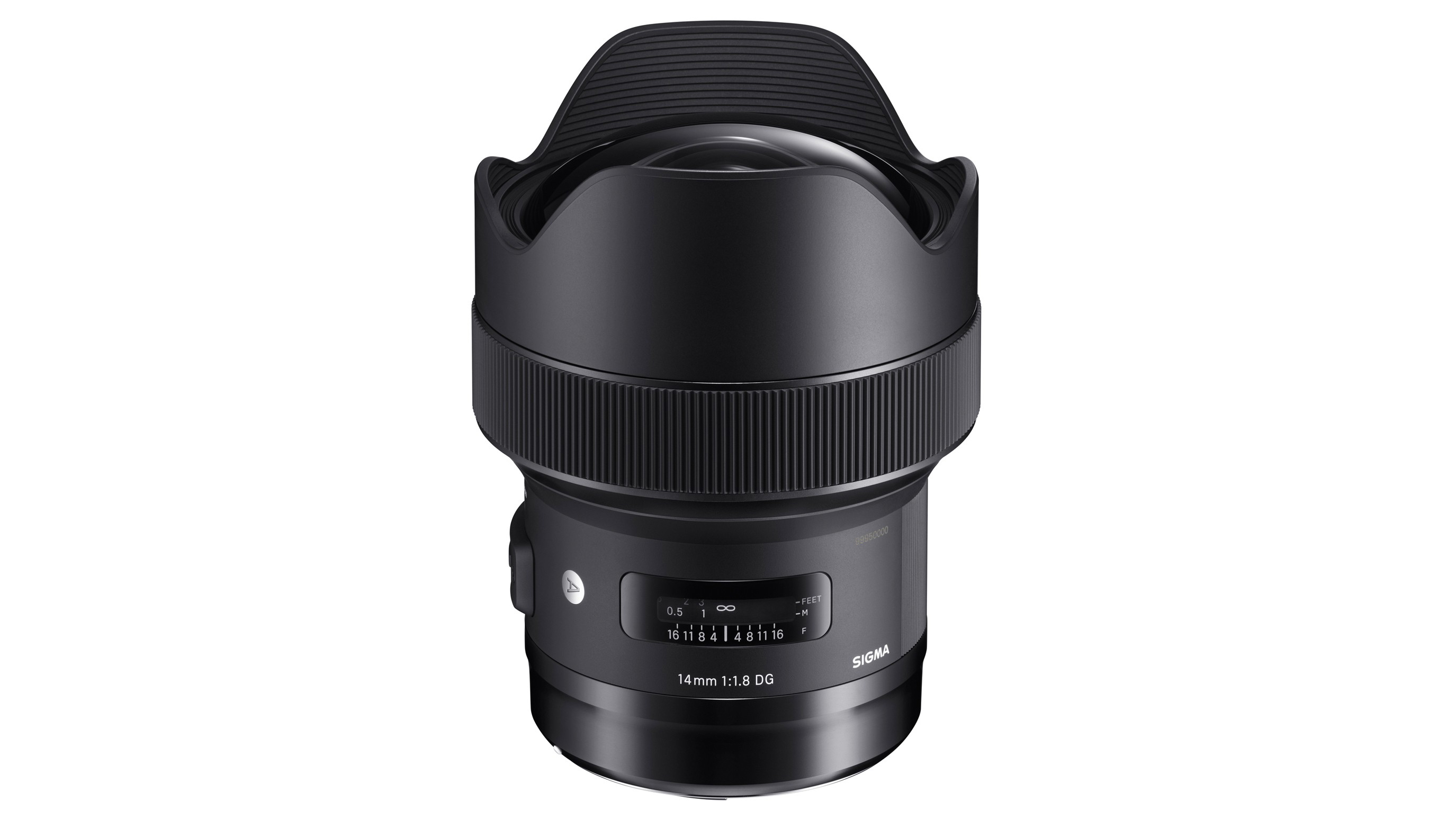
Sigma Art 14mm f1.8 DG HSM
Specifications
Reasons to buy
Reasons to avoid
While most wide-angle lenses achieve an aperture of around f1.8. Sigma's Art lens takes that down to f1.8. That basically means that you can capture in five seconds what used to take 10 seconds, which means brighter and/or more defined images of the Northern Lights. Available for Canon, Nikon, Sony's E-mount, and Sigma mounts, the Sigma Art 14mm is nevertheless a heavy lens.
Other options
A great value alternative to the Sigma Art is the Samyang 14mm f/2.8 lens (also known as Rokinon in the US), which is regarded as the most affordable lens for all kinds of astrophotography. Meanwhile, Nikon makes the Nikon AF Nikkor 14mm f/2.8 and Canon the EF 16-35 mm f/4L IS USM. In the mirrorless world, Sony's E-mount wide-angle lens for its A7 III and flagship A9 is the Sony FE 16-35mm f/2.8 GM.
Best tripods for taking pictures of the Northern Lights
If you're going to shoot long exposure photography, you absolutely must use a tripod. Many people make the mistake of travelling to the Arctic Circle without a decent camera, but even more make the journey without a tripod. Take one that's full-size, so you can angle the camera upwards while being able to frame the shot more easily.
The alternative is to use a much lighter travel tripod, but that will likely mean kneeling in the snow to prepare each shot. Also critical is a small torch for adjusting settings in the dark, and liner gloves for operating the camera with your mittens off.
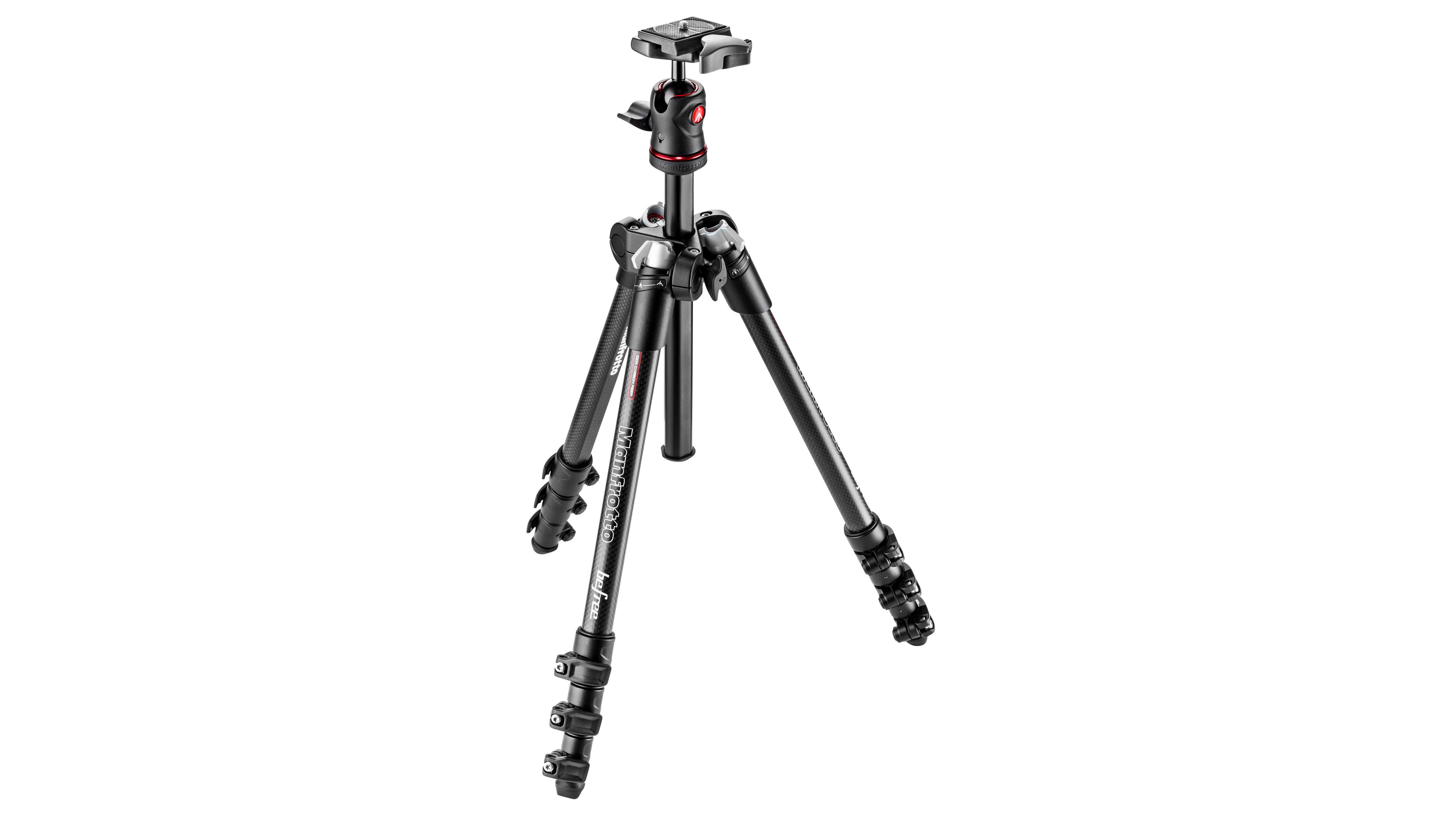
Manfrotto Befree Advanced Carbon Fibre Travel Tripod
Specifications
Reasons to buy
Reasons to avoid
The most common mistake among Northern Lights observers is to not take the tripod. Since you have to open the shutter for at least 10 seconds, you're fighting a losing battle unless you have something like this 1.2 kg carbon fibre tripod. The ball head allows you to position the camera easily, but we also love the quick release lever, the push-button central column, and the easily collapsible legs. It means you can quickly set it up and take it down, which in the snow of Lapland or Alaska, is really useful.
Other options
Any tripod that is strong enough to use for landscape photography will be suitable for taking photos of the Northern Lights. Rivals to the Manfrotto include the Vanguard Alta Pro 263AB 100 Aluminum and MeFOTO GlobeTrotter Convertible Tripod Kit.
Jamie is a freelance journalist, copywriter and author with 20 years' experience. He's written journalism for over 50 publications and websites and, when he's not writing, spending most of his time travelling – putting the latest travel tech through its paces.
